Affiliate links on Android Authority may earn us a commission. Learn more.
Pet peeves: things we wish Android handled differently
Published onSeptember 19, 2016
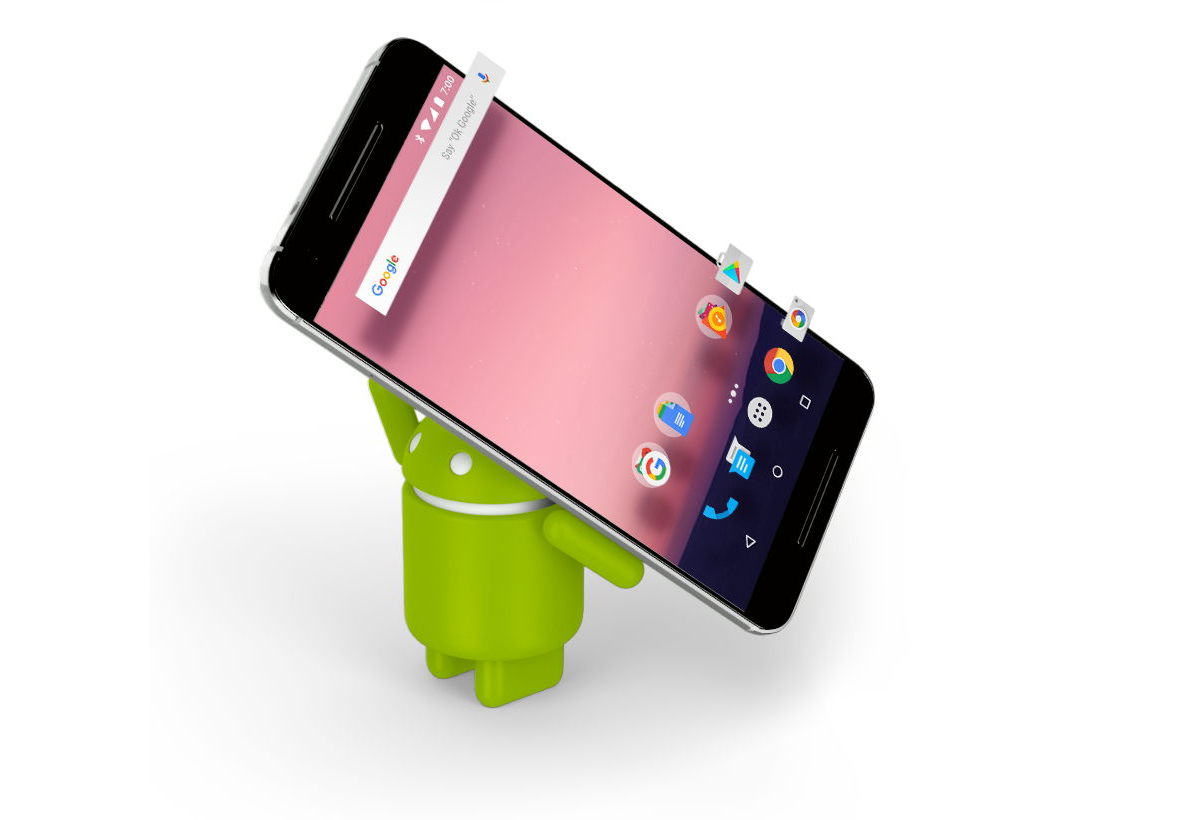
If you’re reading this article, then there’s a good chance that Android is already your favorite mobile OS. Obviously we’re in the same boat, otherwise we wouldn’t be writing here!
However, it’s good not to let anything get put up on too much of a pedestal. Criticism is what leads to improvement, after all. So we decided to get super pedantic and look at some of the things we wish worked differently for Android devices.
Multitasking

Ugh. Multitasking on any mobile device is currently a pain. While Samsung and others have played around with some dual screen capabilities, and we are even seeing such features baked in Nougat, it’s nowhere near as easy to do two things at once on a smartphone or tablet as it is on a desktop-class operating system.
Nougat appeared to be making flexible multi-window support a reality, but so far the feature has yet to be fully mastered. Nevertheless, once crafty developer has worked up a pretty nifty workaround, if you’re interested in giving it a spin.
Memory management/increasing sluggishness
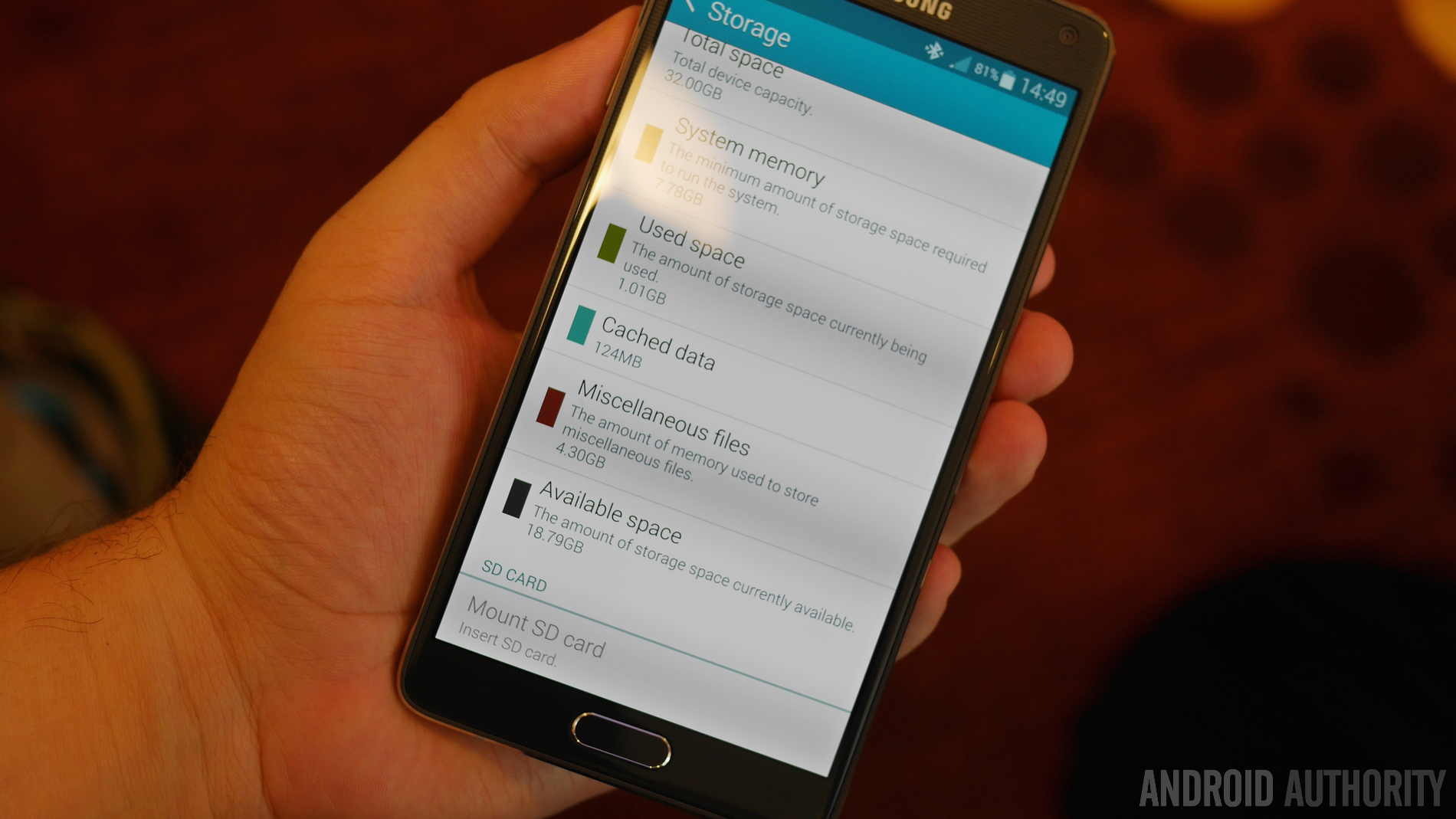
Remember when you first got your device how it seemed to practically fly? You could zip from app to app with ease, but now – just a year later – the thing feels like an old piece of junk. How did you ever think that this smartphone was a whirling dervish of techno-wizardry?
Well, as your smartphone’s internal storage fills up, it starts to get sluggish. And while it’s relatively easy to manage your hard drive on a PC, internal storage management on Android has always been a pain in the neck. Sure it’s far from impossible, but there’s room left to be desired.
This could be a limitation of current technology, but some more cynical mobile enthusiasts believe that it’s in the manufacturers’ best interests to let your device grow slower over the course of a year. That way when the new line of phones comes out, you feel more inclined to make an update. Failure to develop solutions in this area may be a case of passive planned obsolescence.
It doesn’t ‘just work’
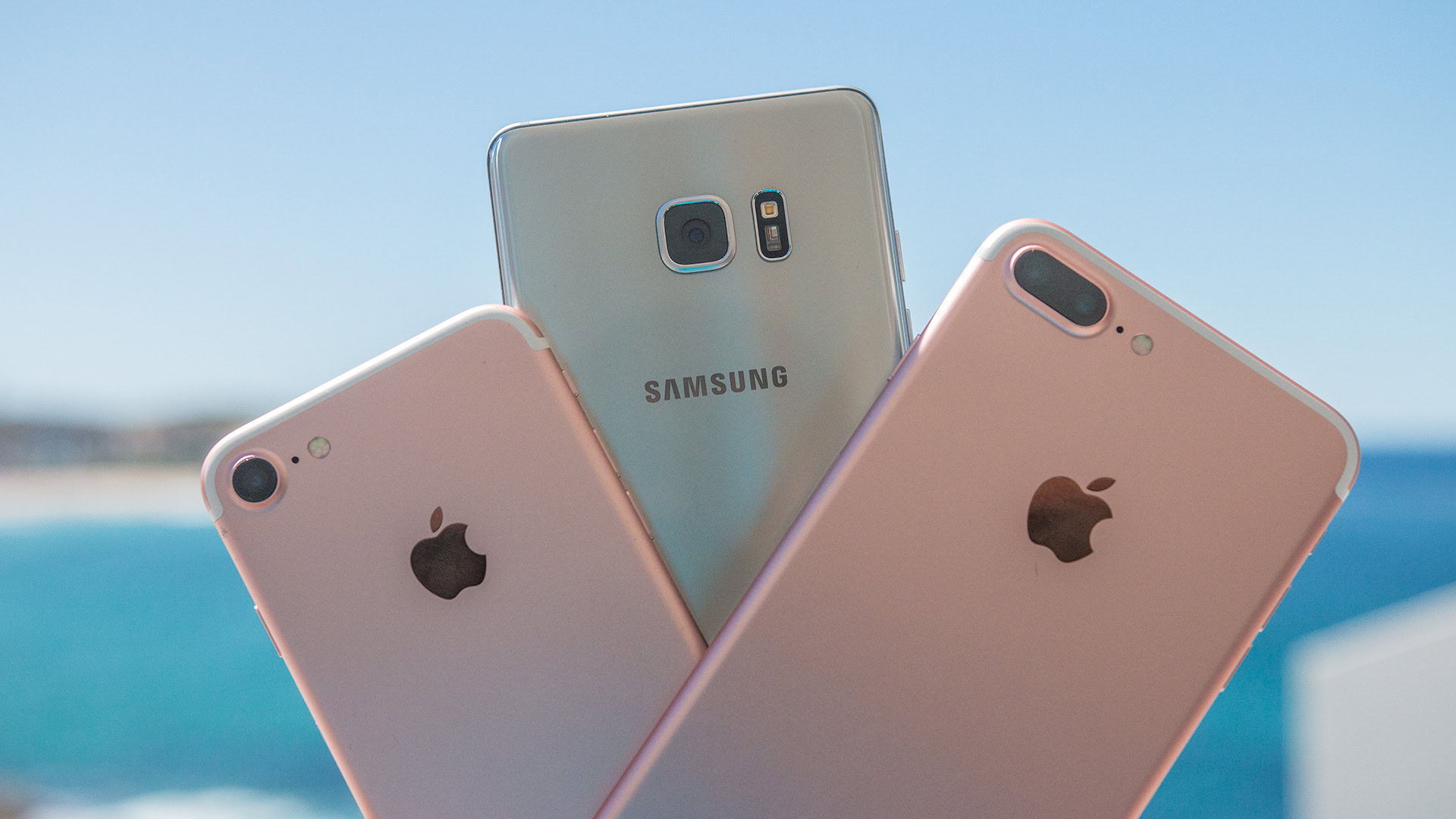
The main selling point to Apple’s line of products is that they ‘just work’ with all of your other Apple devices. This isn’t a claim that Android can make at all. The complexity of the Android ecosystem and the variety of devices capable of interacting with your Android smartphone or tablet means that there’s almost always a need for configuring, troubleshooting, or jury rigging to get it “just right”.
Some see this as a feature, not a bug. Android offers its users a far greater range of customization than iOS, and for those to love their devices to feel and work exactly how they want them to, they’d never want to swap to a ‘just works’ system.
Security
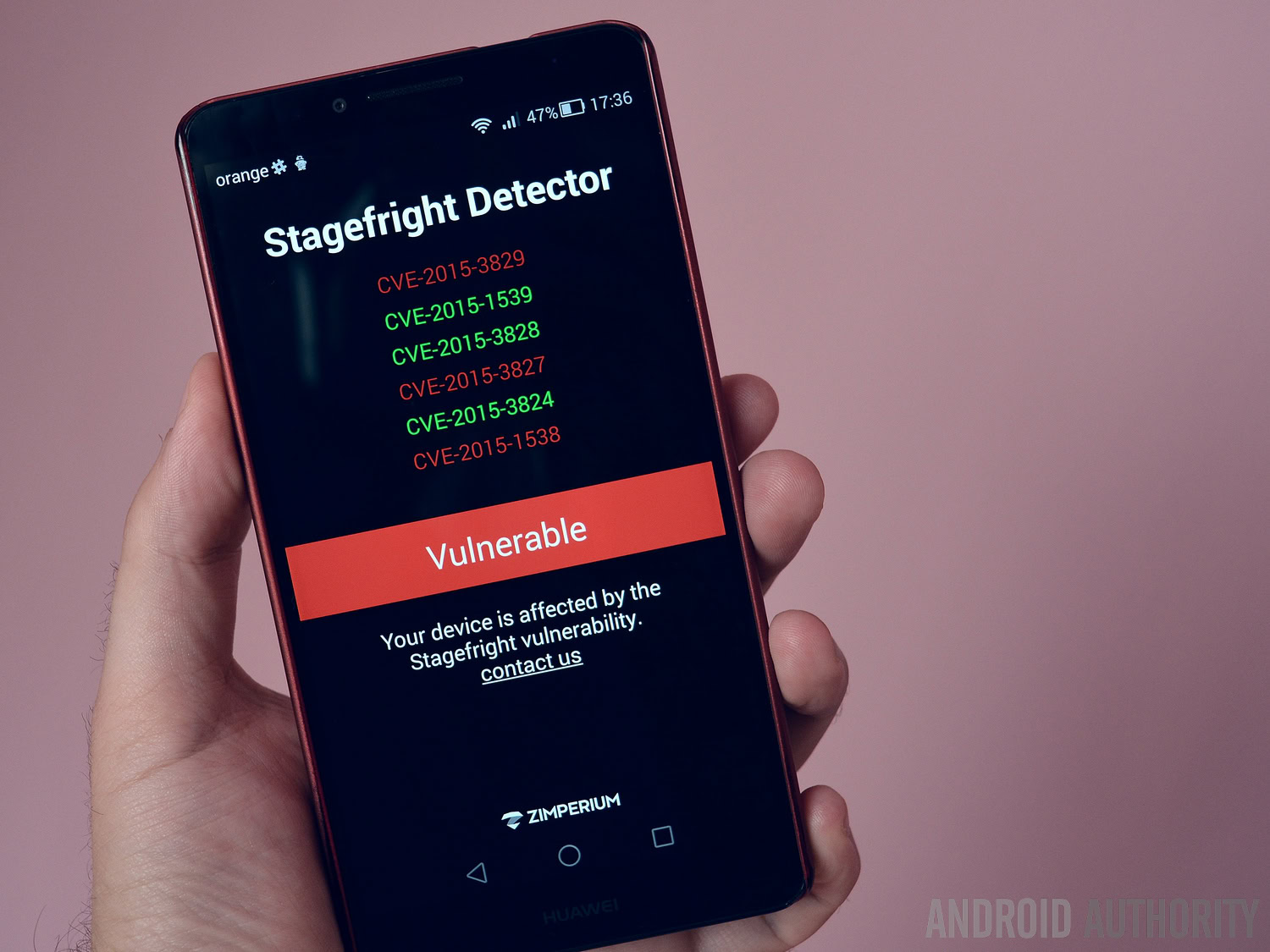
Boy howdy, this one. As the Android team pointed out at Google I/O this summer, security is the biggest concern currently facing the operation. The increasingly fragmented Android ecosystem makes keeping the majority – or even a decent percent – of devices secure and up to date.
Now, Google has been making great strides in this area, rolling out monthly security updates to their Nexus line. Samsung has also made good progress applying these updates in a timely manner. However, security concerns on other devices have caused some security experts to recommend that you only buy one of those two brands, as nobody else is rolling out updates efficiently enough. Which brings us to our next point:
Updates
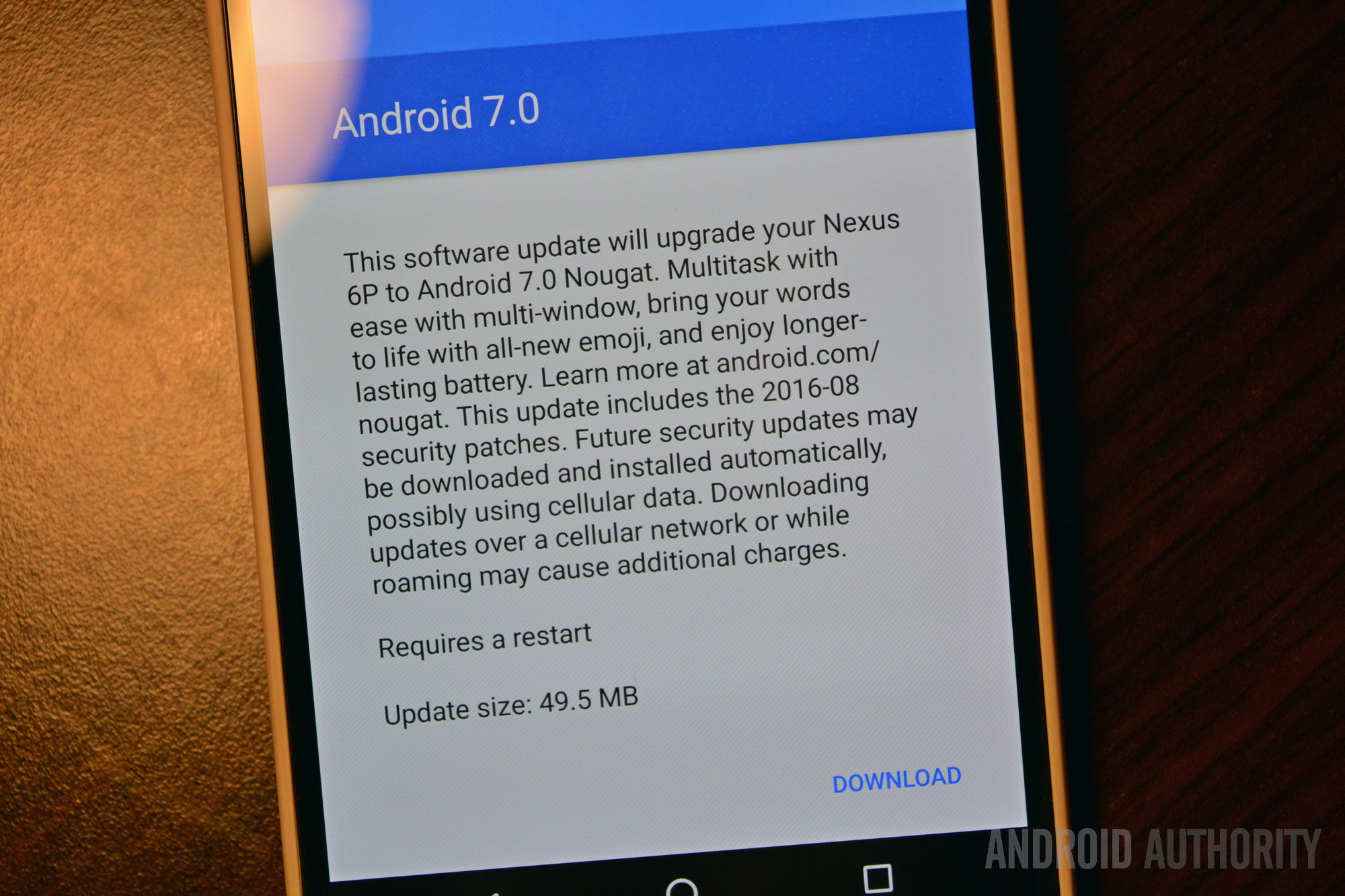
How many months does it take to get to the latest version of Android? The world may never know. Kit-Kat and Lollipop still dominate distribution numbers, and the latest version of Android, Nougat, claims such a small portion of the population that it doesn’t even register on current tables (less than .1 percent). Major version updates aside, regular security updates – as mentioned above – are also rolled out at a glacial pace for the vast majority of users.
Now, this is kind of a built-in limitation of the open source nature of the operating system. Whereas Apple has the luxury of building all their iOS devices and rolling out updates in a timely manner to all of them, the Android ecosystem is a sprawling and colorful cavalcade of varied devices built by a plethora of different designers. The task of rolling out updates isn’t in Google’s full control, and there are myriad opportunities for bottlenecks and shortcomings.
Sharing inefficiency
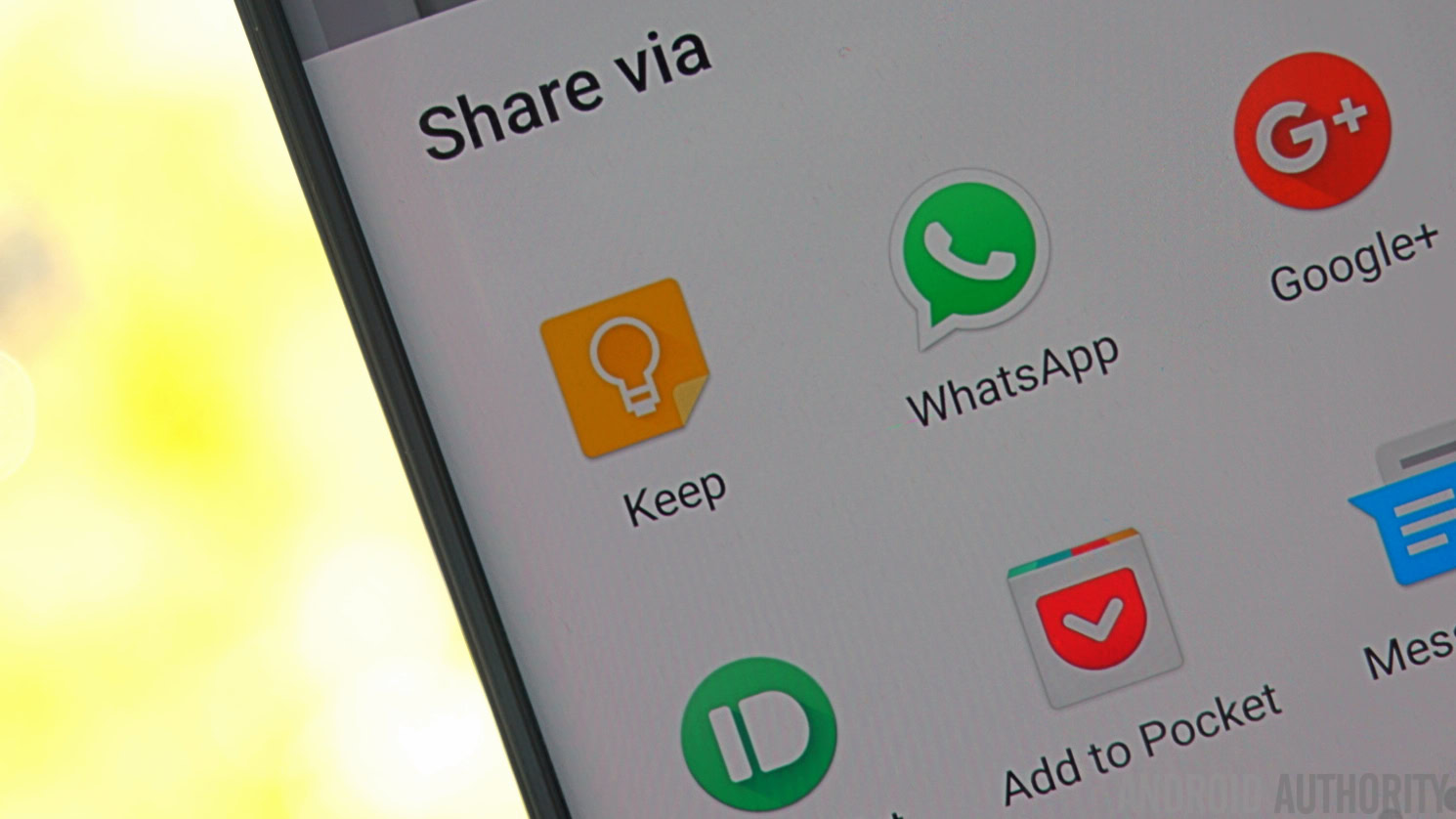
This is definitely nitpicky, but it would be nice if the Share option would include a “most frequently used apps” or “recently used apps” bar when you’re selecting an image or file to share. For most skins of Android right now, you currently have to navigate a massive app tray of possible sharing apps every time you want to share something. When have I ever shared anything to Autodesk Sketchbook, smartphone? Why is that near the top of my recommendations for sharing?
iOS app dominion
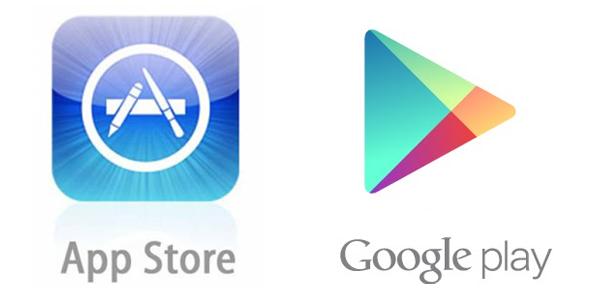
No fixing this one, unfortunately.
Right now, iOS has an absolute stranglehold on apps, with many of the most popular ones arriving first (Mario, anyone?) – or even exclusively – on iPhones. After that, Android often gets the chop-shop seconds that the developer can be bothered to put out.
In spite of Android literally being the largest operating system in the world, it can be a difficult one to develop for. Once again, the open source nature of the OS is both its strength and its downfall. Since there are so many different devices that Android apps need to be able to run on, it can be overwhelming for developers to build on it.
Designing for iOS is arguably a safer option, because there’s a crowd of app-happy Apple users ready to download their creation on just a handful of devices that they need to take into account. Since Android apps are often given second priority, they often don’t run as well as iOS apps or lack the features that iPhone users enjoy. I mean, take one look at Snapchat.
Carrier bundled apps
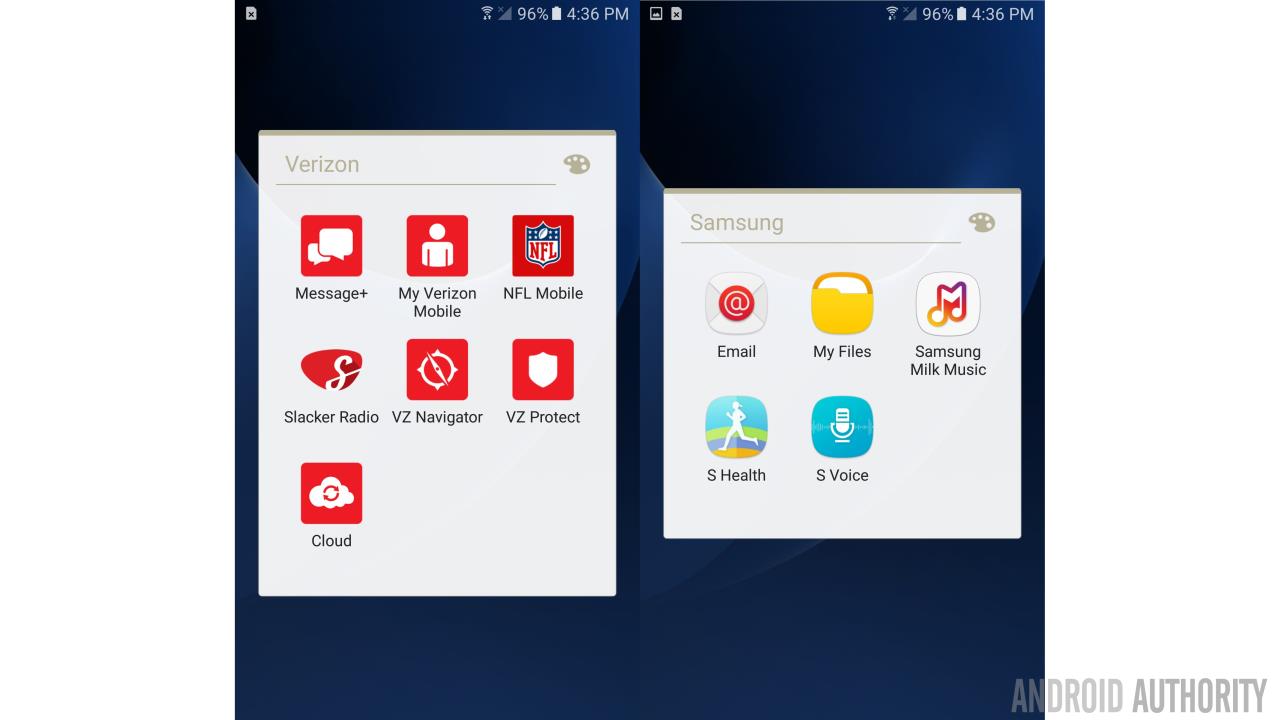
Coming back once again with an iPhone comparison, because often when we talk about the shortcomings of Android, we’re discussing it in the context of what iOS does differently.
When you buy a new iPhone, you will get a modicum of bloatware, no doubt. But it’s Apple bloatware. Apple Watch, Apple News, etc… When you buy an Android device from your carrier, it can often come riddled with pre-installed bloatware that’s difficult to get rid of. That’s in addition to whatever apps the smartphone manufacturer has decided to push on you.
Decentralized messaging/voice calling
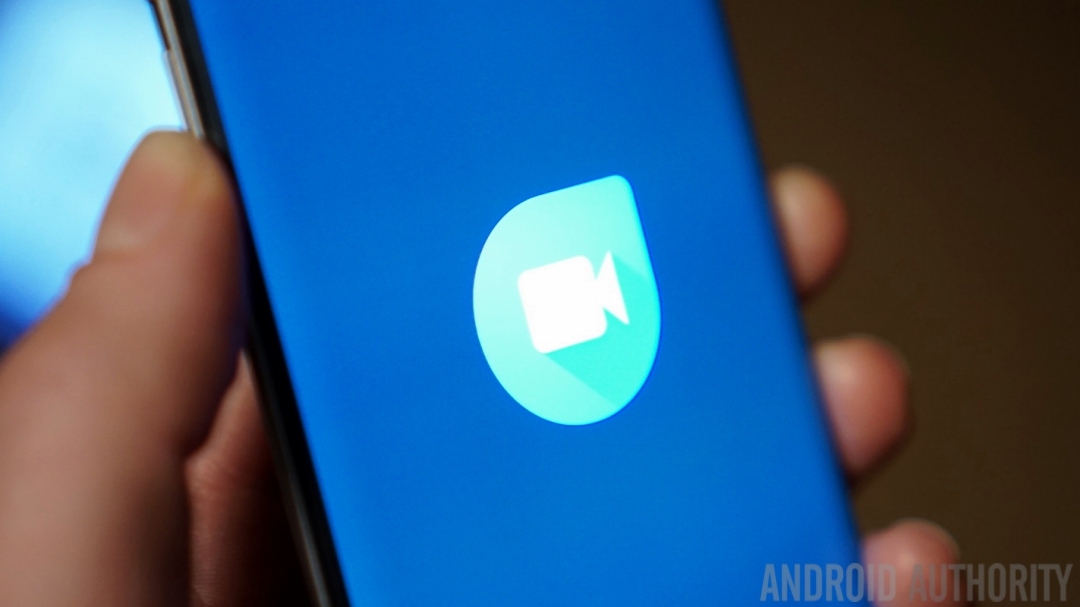
Google has made a push to create a FaceTime competitor with Google Duo, and although the initial reception was wildly positive, the buzz has died down at an alarming rate.
iPhones speak to each other really well. One of the main things that keeps some users from swapping to Android is a lack of iMessage and Facetime. Even the most diehard Android fanboy should be able to admit that iMessage is a sleek piece of technology that’s ridiculously convenient.
Unfortunately, once again the fact that Android is open source means that the messaging world is a democracy, not a dictatorship. There is no one messaging app to rule them all, and as such there is a lack of that convenience that conformity offers.
These are our quibbles and gripes about the current state of Android. Since we already love this operating system and its devices, we knew we would have to put on our pedant hat and get super nit-picky, but many of these things are worth considering.
What about you? Think we went too far with any of these? What would you change about how Android currently handles things? Let us know your take in the comments below!